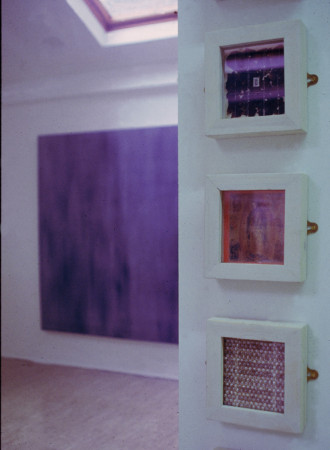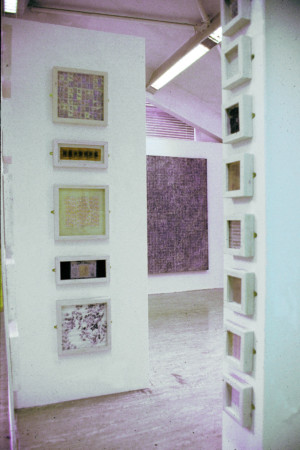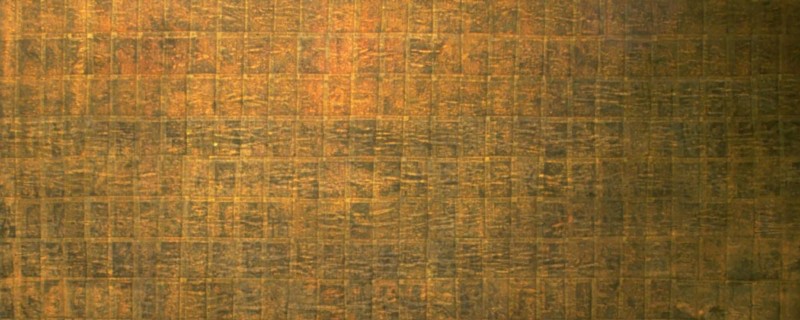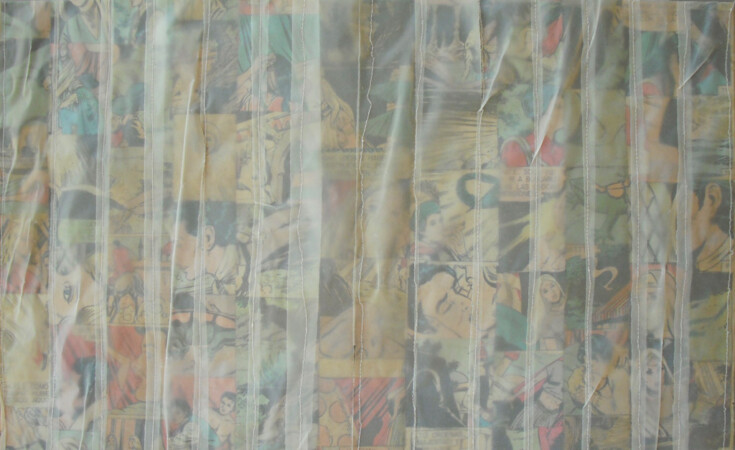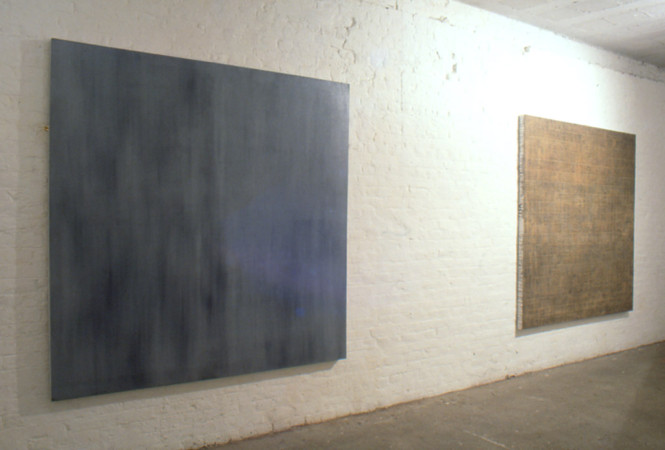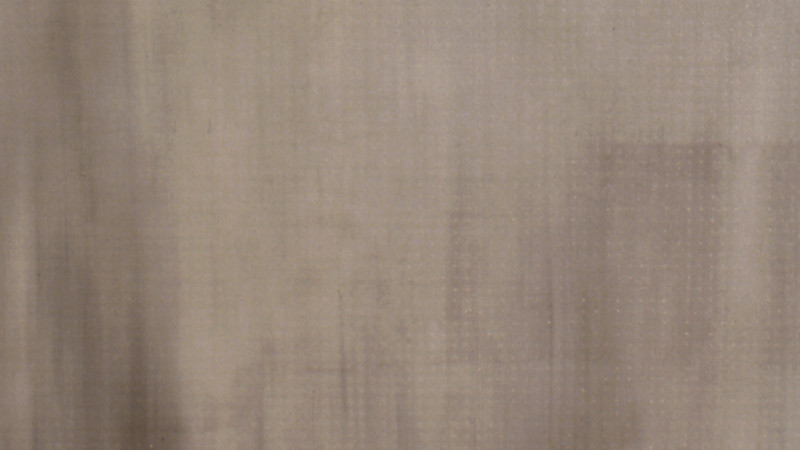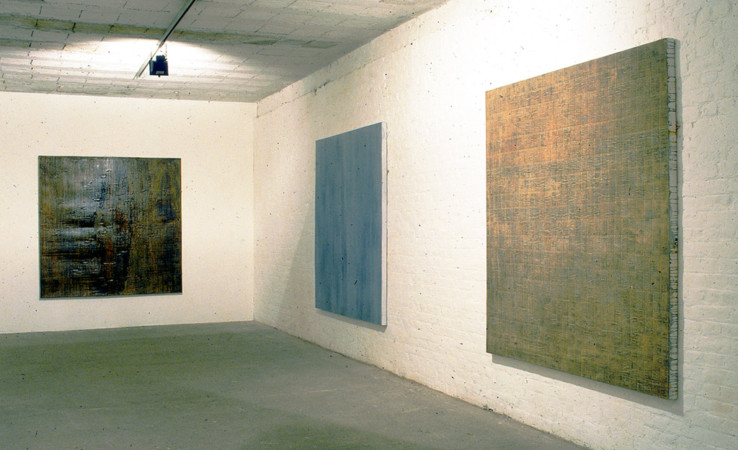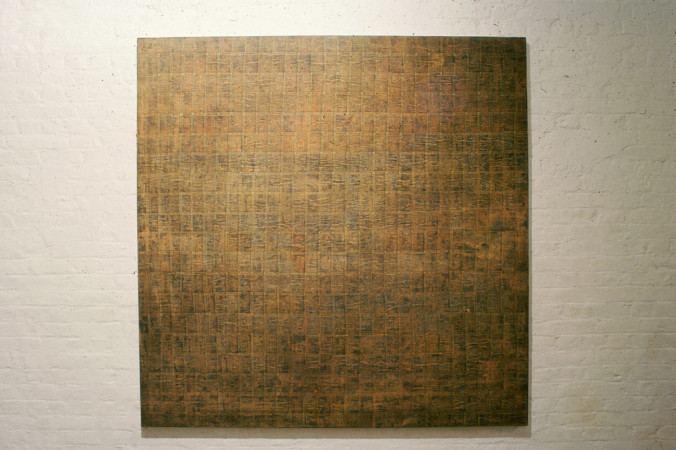There was a comment the other day from a fellow student at the University of Plymouth – “Do you have any photos of your work back then?”
Well, yes, I do… here they are. And in looking for them, lots of fond memories have surfaced too – as I’d spent the second and third years of my degree far, far away…
New Mexico & Professor Hawk
During Year 2, I was in New Mexico as part of the International Student Exchange Programme, where I studied Anthropology with Professor Hawk, an incredible storyteller and a fan of comparative mythologist Joseph Campbell. Professor Hawk’s courses included exploring native American and Latin American cultures in depth. We went on field trips all over New Mexico meeting pueblo tribes and witnessing their rituals. All this had a long-lasting impact on the way I approached making my work – I started scattering raw pigments on canvases and using simple rituals to build each layer.
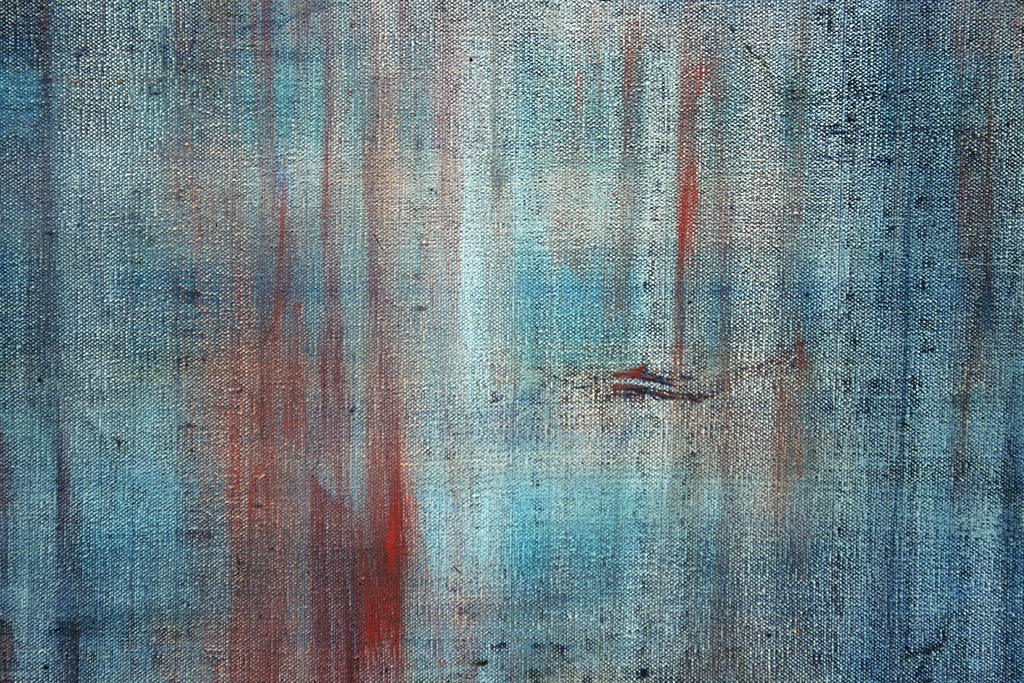
Agnes Martin’s Landscape
I was also researching my thesis on Agnes Martin, who I later got to meet during a huge research road trip on my return from Mexico. The desert landscapes of the beautiful state of New Mexico and the complex simplicity of her work also had a lifelong impact on my work since then. (This is an understatement).
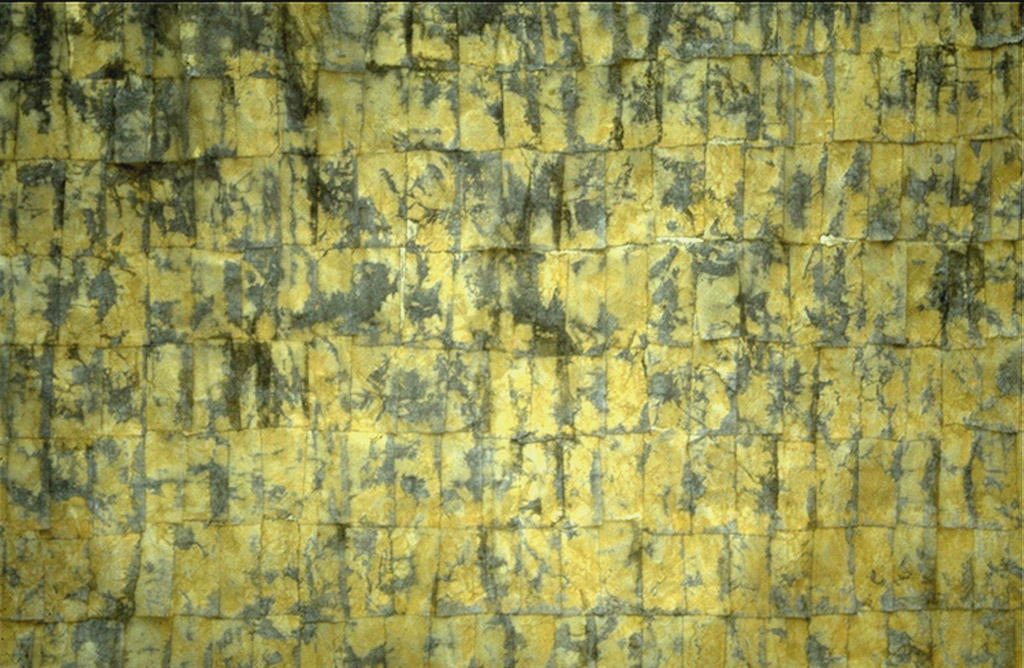
Mexico City
In New Mexico, I felt like I was just getting started, I didn’t return to the UK after the University year ended. Instead I caught a plane to Mexico City, where I had some leads for work, and spent the next year living and working in the centre of Mexico City, surrounded by practicing artists. It was a deep dive into chaos and culture.
Artists’ Neighbourhood
My artist neighbours included Francis Alÿs, who’s work was just getting known, and Melanie Smith, who was making fantastic orange plastic installation pieces at the time, and who, like me, loved living in Centro Historico. After several months, I ended up renting a room in her earthquake-cracked but beautiful apartment, just behind the Aztec Pyramid and the Cathedral, right in the heart of this incredible crazy city.
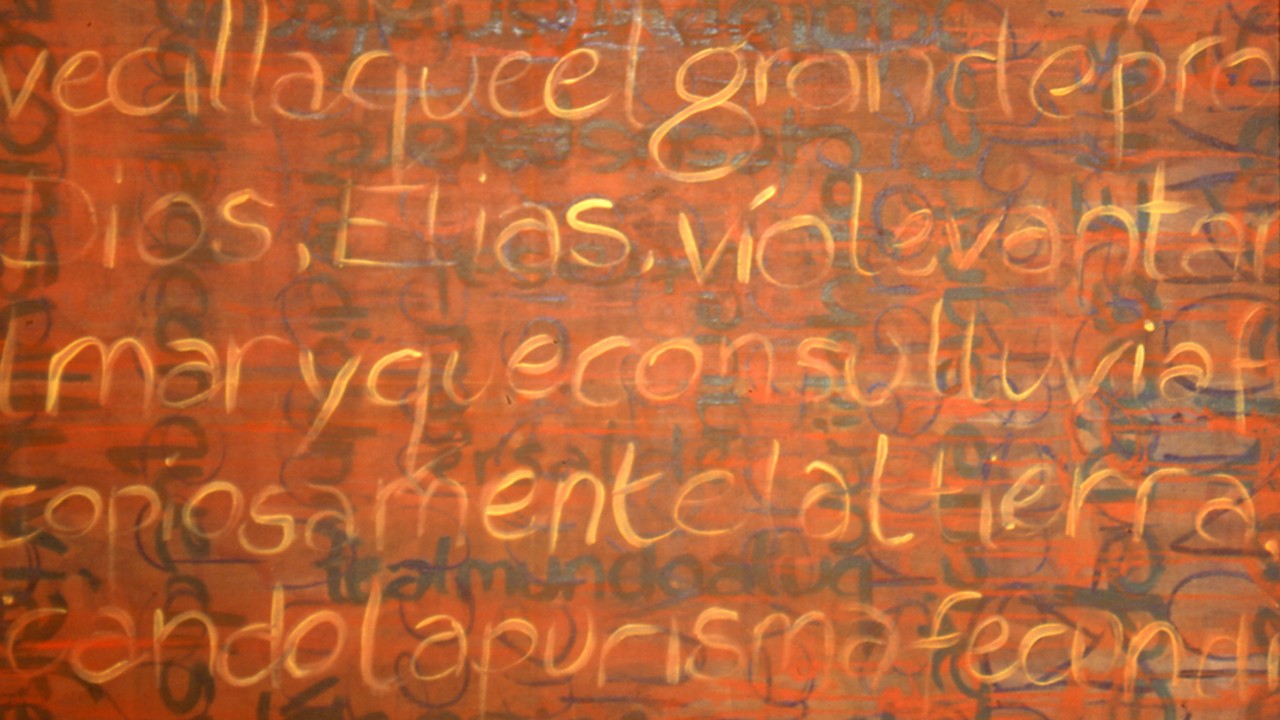
I painted dried flowers and Spanish letters into a mix of raw pigments on enormous canvases in our next door neighbour’s apartment – another inspiring artist, Thomas Glassford, who was away at the time back home in his native Texas. His studio was full of dramatic installations – dried gourds strung out with high-tension steel wires, at once fascinating and disturbing. All this too had an influence.
Abuela
During all of this exploration time though, one single event had more of an impact than anything. My grandmother, Anne, had a stroke in January – mid-way through my ‘gap’ year, and I flew home immediately to be with her. She was in intensive care when I arrived, and couldn’t speak, but she recognised me, squeezed my hand, and sadly died two days later. Apart from being devastated, I returned to Mexico with a few threads and sequins from her workdesk (she was a dressmaker) and started incorporating stitching and thread into my own work.
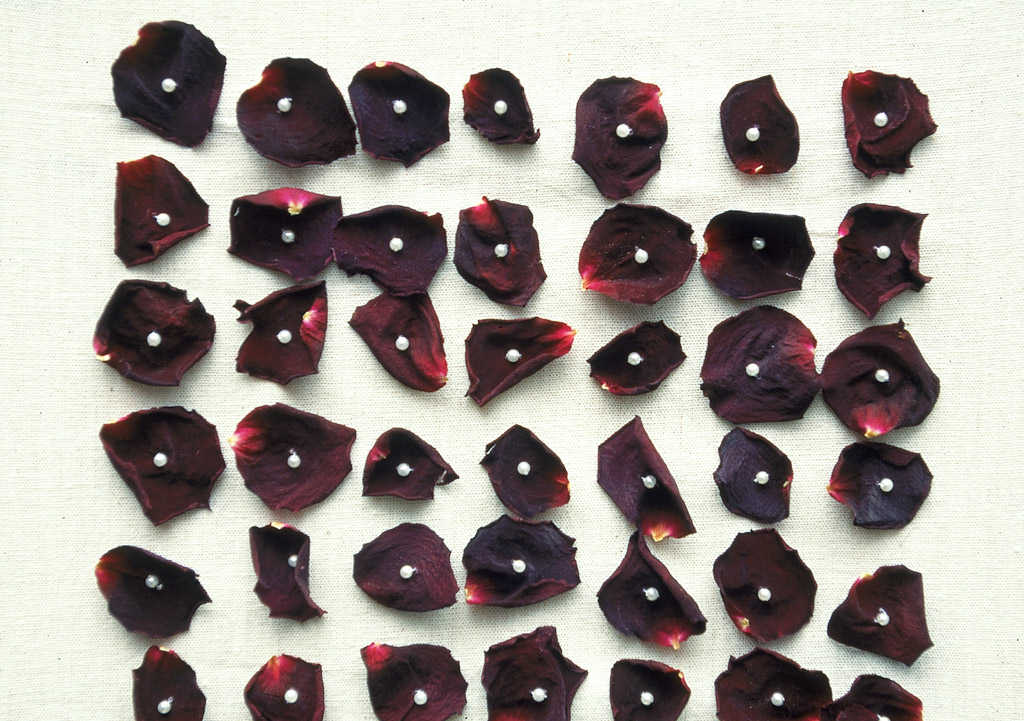
By the time I returned to the UK later that summer, I was making two-dimensional ‘paintings’, but using many tactile found objects – paper, thread, sequins to create them, and lengthy ritual processes to put them together. The result was collage really, but on a variety of scales, from 6ft square (a size that Agnes Martin worked with for years) to less that a postcard (like the homemade trinkets and souvenirs sold everywhere in our neighbourhood).
And this show, all new work created in the studios outside college at Exeter’s Spacex Gallery, was the result – 4 enormous 6ft square paintings you could get lost in, and a cluster of tiny moments in chunky wooden box frames hinting of Mexico.
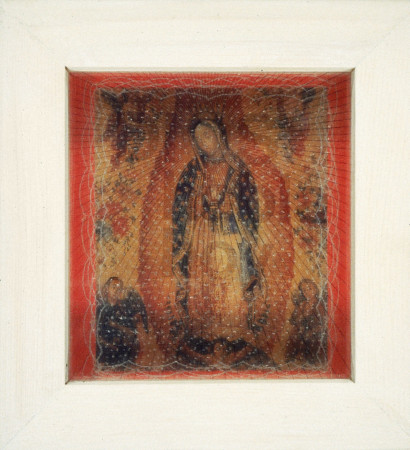
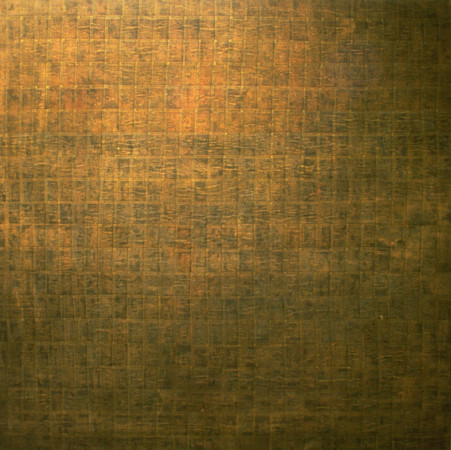
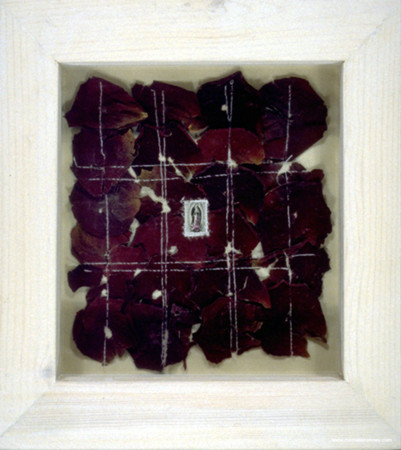
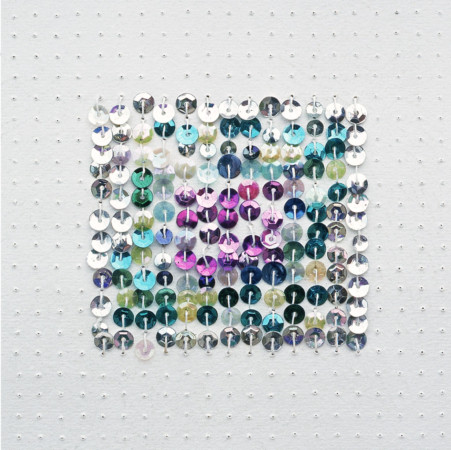
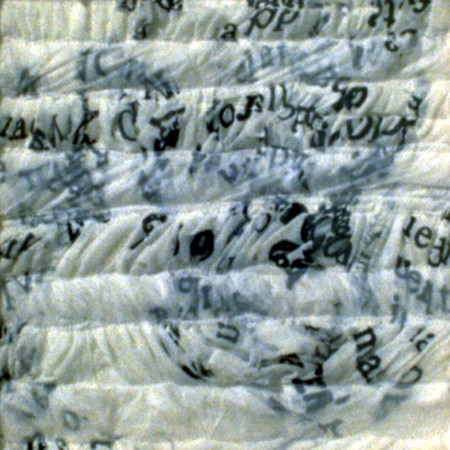
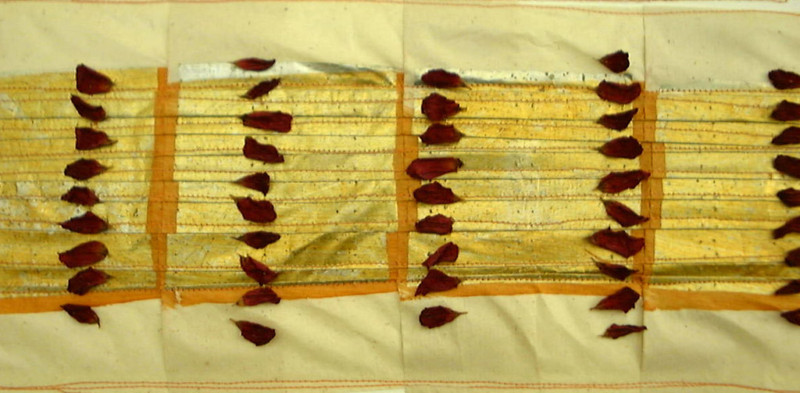
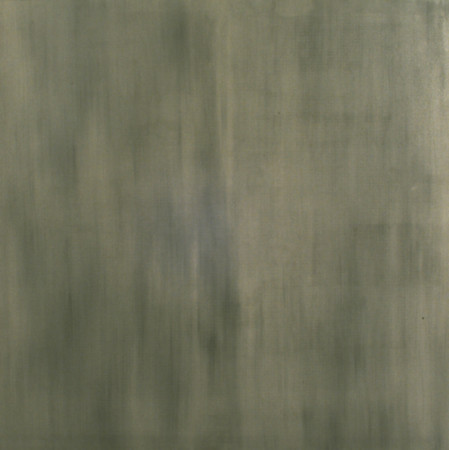
It’s been great looking back at these works – they remind me how free I was to wander and discover back then in the primitive days before the internet could take you anywhere. Thank goodness now though, for our youngest son’s new VR kit – we’ve been exploring Mexico City via Oculus Rift and Google Earth… equally amazing and bound to inspire a round of old/new work!

